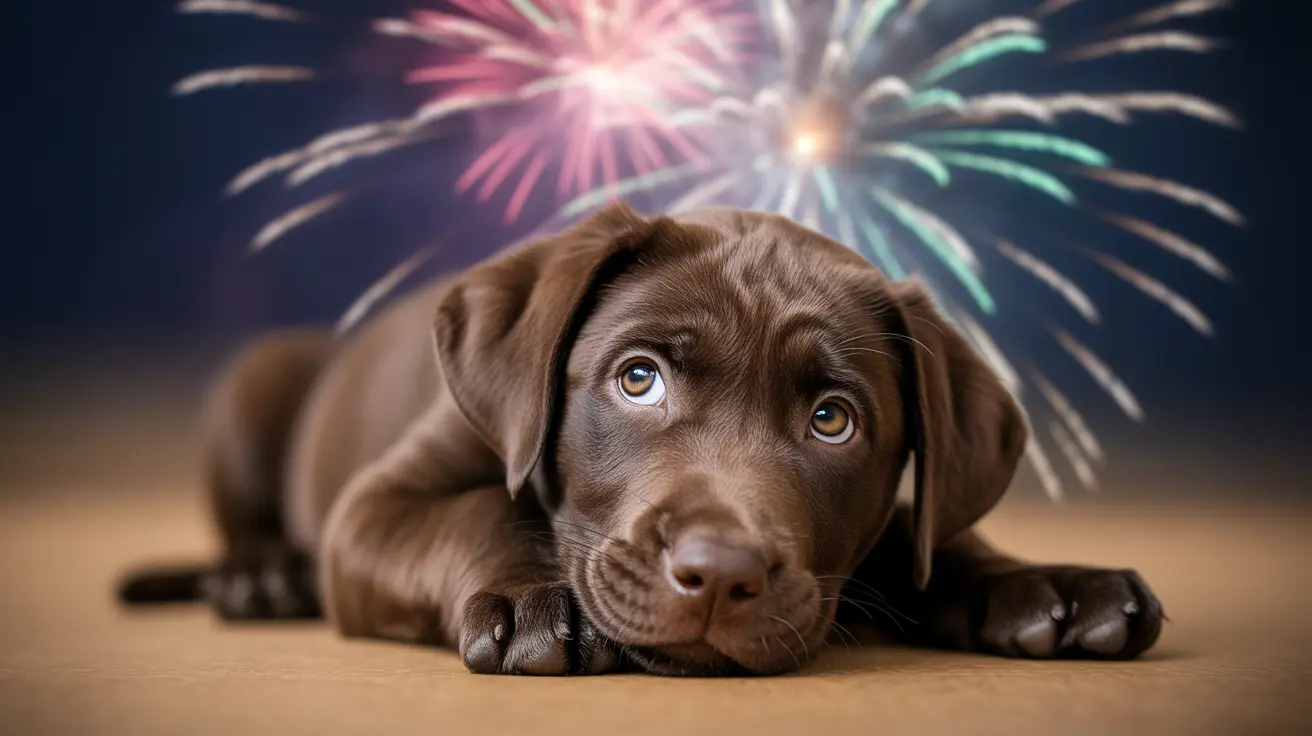Why Your Dog Keeps Sniffing Your Private Area
It can be awkward and sometimes embarrassing: your dog persistently sniffing your private area. But rest assured, this behavior is perfectly natural — and entirely explainable from a biological and psychological standpoint. Dogs explore the world with their noses, and the human body emits a wealth of chemical information, especially from the genital region. In this article, we’ll explore the science behind the behavior, reasons it happens, and how you can manage or redirect it if desired.
The Science Behind a Dog’s Nose
A dog’s sense of smell is estimated to be between 10,000 to 100,000 times more acute than a human’s. Dogs possess up to 300 million olfactory receptors in their noses, compared to about 5–6 million in humans. Moreover, dogs have a special organ called the Jacobsen's organ (or vomeronasal organ), which helps them detect pheromones — chemical signals related to reproductive and social behavior.
Why Genitals Attract Canine Attention
- Pheromone Release: Human genitals, particularly during menstruation, pregnancy, or sexual arousal, emit elevated levels of pheromones that dogs can detect and find intriguing.
- Gathering Social Information: Dogs sniff each other's behinds for similar reasons — it’s their method of greeting and understanding social status, hormonal changes, and health. When they do this to humans, they’re collecting the same type of information.
- Familiarity and Comfort: If your dog is particularly attached to you, sniffing your private area might be a way to connect and seek reassurance.
- Nurturing or Sympathetic Behavior: Some dogs show an increase in sniffing behaviors when their owners are experiencing physical or emotional stress, illness, or hormonal changes.
When It’s More Than Just Curiosity
While most sniffing is benign, in some cases, it might indicate obsessive behavior or training boundaries that need redefining. Here are a few examples when you might want to intervene:
- Inappropriate Contexts: If your dog sniffs guests or strangers' private areas persistently, it could create discomfort and should be addressed.
- Reinforced Behavior: If your dog receives attention — positive or negative — when it sniffs that area, it may associate the behavior with a reward and repeat it.
- Health Concerns: Excessive sniffing behavior, especially if accompanied by restlessness or other symptoms, might warrant a visit to the vet.
How to Redirect the Behavior
- Establish Boundaries: Teach your dog basic obedience commands like “leave it” or “off” when they attempt to sniff someone inappropriately.
- Use Distraction Techniques: Always carry a favorite toy or treat to redirect your dog’s focus during interactions.
- Reinforce Calm Behavior: Reward your dog with praise or treats when they greet people calmly and respectfully.
- Desensitize to Triggers: If your dog grows overly interested during certain hormonal changes (like menstruation), spend time on neutral activities away from them while gently setting boundaries.
- Consult a Professional: If the behavior is persistent or causing issues, a professional dog trainer or animal behaviorist can help implement correction techniques.
Conclusion
Dogs rely on their noses to make sense of the world, and a quick sniff can provide more information than hours of observation. While your dog’s interest in your private area may be unsettling, it’s typically driven by natural curiosity, hormonal detection, and social bonding. Understanding the root causes allows owners to handle the behavior with empathy and clear training techniques — ensuring both canine and human comfort in every interaction.





